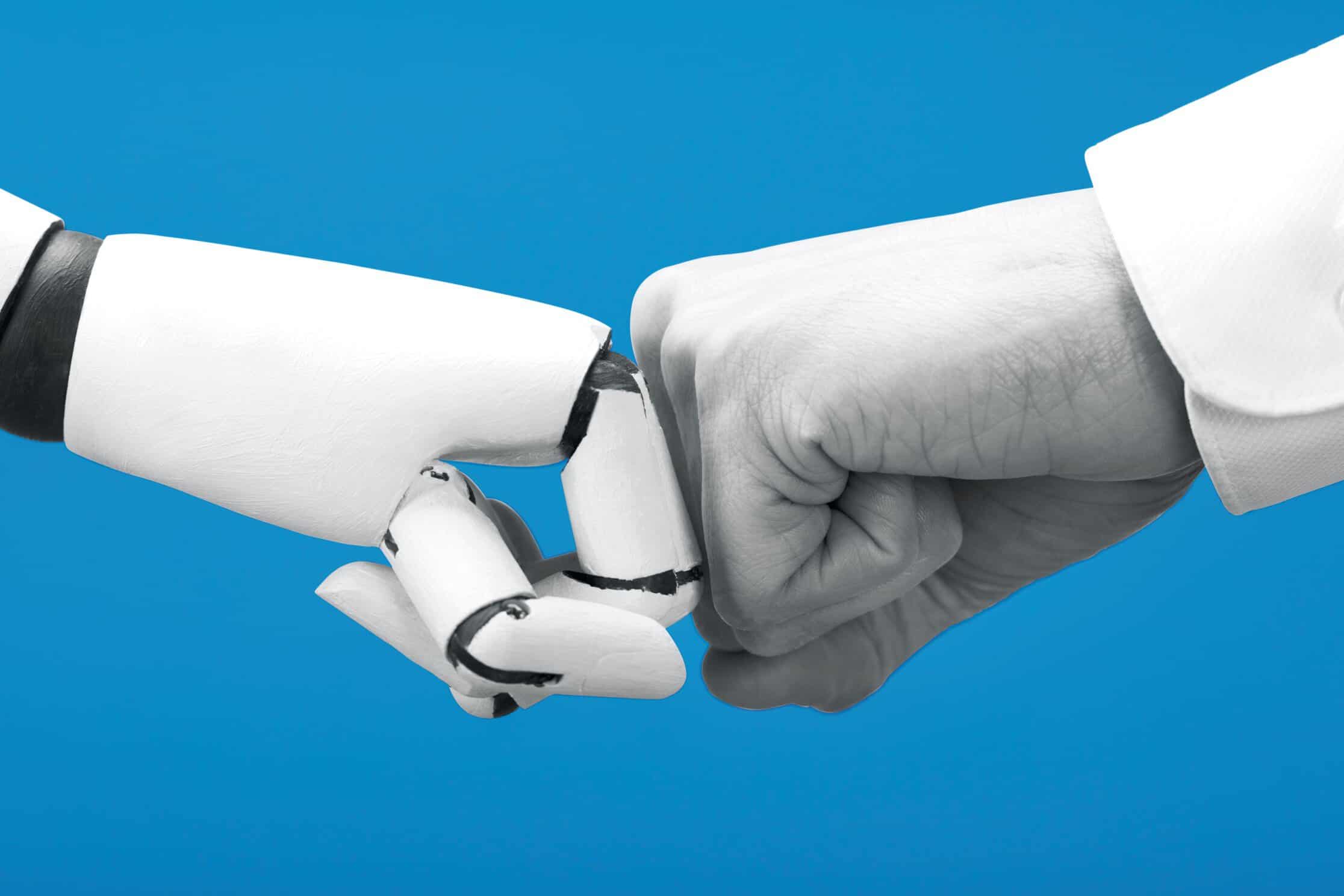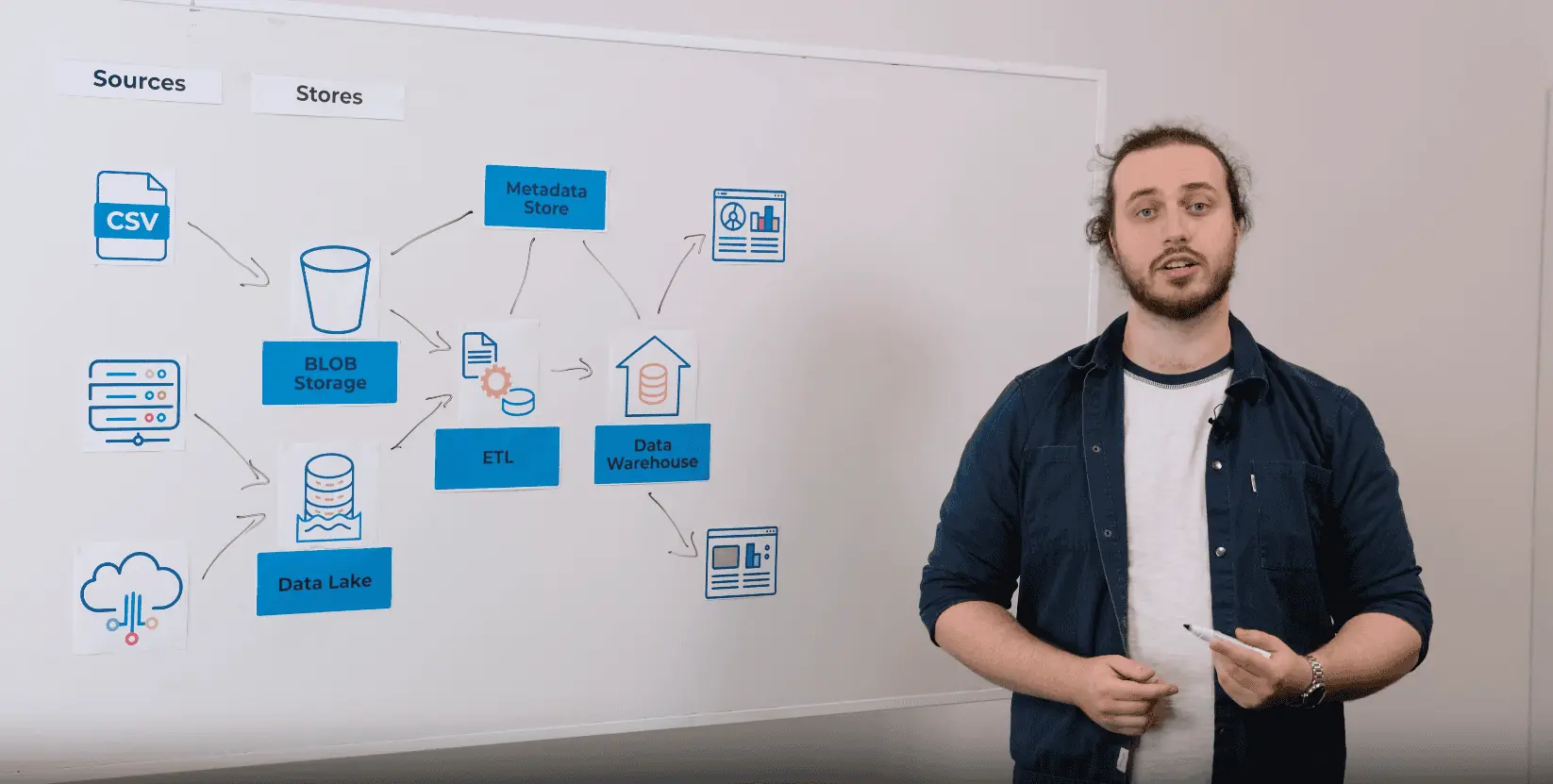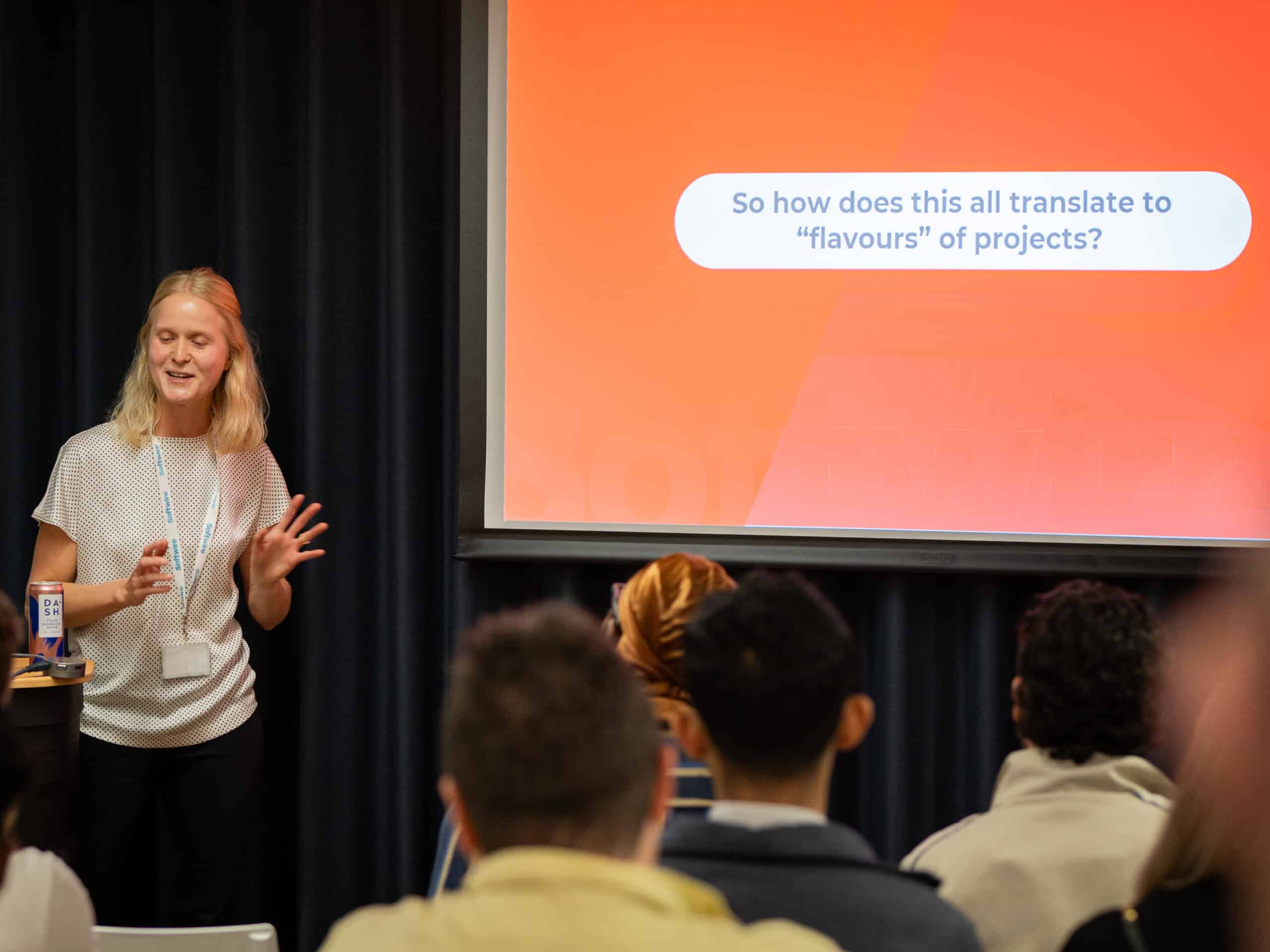
Artificial intelligence – or AI – has long been portrayed as this sci-fi concept that will result in intelligent robots, built by humans, taking over the world. It’s fair to say we’re a little way off that particular scenario, if indeed it ever comes to pass. But what is true is that today’s AI, harnessed in the right way, can make real, tangible differences to an organisation and its customers, citizens, patients or employees. And it can do this in ways that were completely unthinkable even a few years ago.
Where do you begin?
Actually leveraging AI is a challenging task. Where do you even begin to think about such a broad and multi-faceted field? Where in your organisation could it make a difference? What is current technology actually capable of? How do you make it part of your ways of working? And how do you ensure whatever you build can evolve to keep up with fast-changing technology and business requirements?
We’re going to cover all these topics in a series of blogs, but let’s start by separating some facts about today’s AI from the hype. What is it actually capable of, and what are some of the areas where you can use it to make a difference right now?
What can AI do in 2019?
AI is an all-encompassing term for the various technologies that enable machines to learn from and adapt to their environments, thereby enabling them to make ever-better decisions.
And while AI could one day develop to enable the aforementioned robotic takeover of planet Earth, in early 2019, what we can readily leverage is what’s sometimes called ‘narrow AI’. Narrow AI is where you use AI to help do a very specific task more quickly, efficiently or accurately, typically using either machine learning or deep learning techniques.
Machine learning is where you train algorithms to spot patterns in data, so that the algorithm can later make predictions on new data it hasn’t seen before. For example, by showing your algorithm large numbers of images containing a certain feature, it can learn to identify that same feature in future images.
Deep learning seeks to mimic the way human brains work, using a multi-layered neural network. Each node analyses and classifies a particular aspect of the data. These decisions are then passed to the next layer in the network for further analysis and classification, until such time as an overall decision is reached. Deep learning enables machines to comb through enormous amounts of data and achieve results with a combination of speed and accuracy that goes beyond human capabilities.
AI making a difference today
So while today’s AI is perhaps more limited than what some of the hype might suggest, it still has the power to make a genuinely transformational difference to modern organisations. Let’s look at some of the areas it can be applied.
Improving customer experience
AI can give you deeper insights into your customers’ behaviours and preferences. By building up a better understanding of what they’re doing and their likes or dislikes, you can forge stronger relationships. This can be both tactically, by offering better and more tailored experiences in the immediate term, and strategically, by evolving your products or services offering to be more attractive.
Reducing risks
These customer insights can also reduce risk by helping you make more-informed decisions. Which financial services customers should you approve for a loan or mortgage, and which are likely to default? What does suspicious behaviour on a particular account look like?
Improving operational efficiency and automation
As well as increasing understanding of individuals’ behaviours, AI can boost your understanding of the way your business operates. Where could you streamline things? Where is a process not running as smoothly as it should?
In addition, AI opens up opportunities to automate tasks that currently require human input. This means you can free up valuable human time to focus on work that machines can’t (yet) do independently.
Do what you do – but better
All these benefits ultimately contribute towards making your organisation better at what it’s aiming to do. If you’re a public sector body, AI can help you provide better services with fewer resources. And if you’re a commercial business, AI can make you more competitive by contributing to increased revenue and reduced costs. And in any organisation, it can help you innovate and develop your products and services in more-informed ways, thereby improving your chances of future success.
In our next piece, we’ll take a look at some specific examples of today’s AI in a bit more detail, to showcase the art of the possible and highlight just how quickly the technology has evolved in recent years. We’ll then explore how you get your organisation prepared to deliver a successful AI project.


